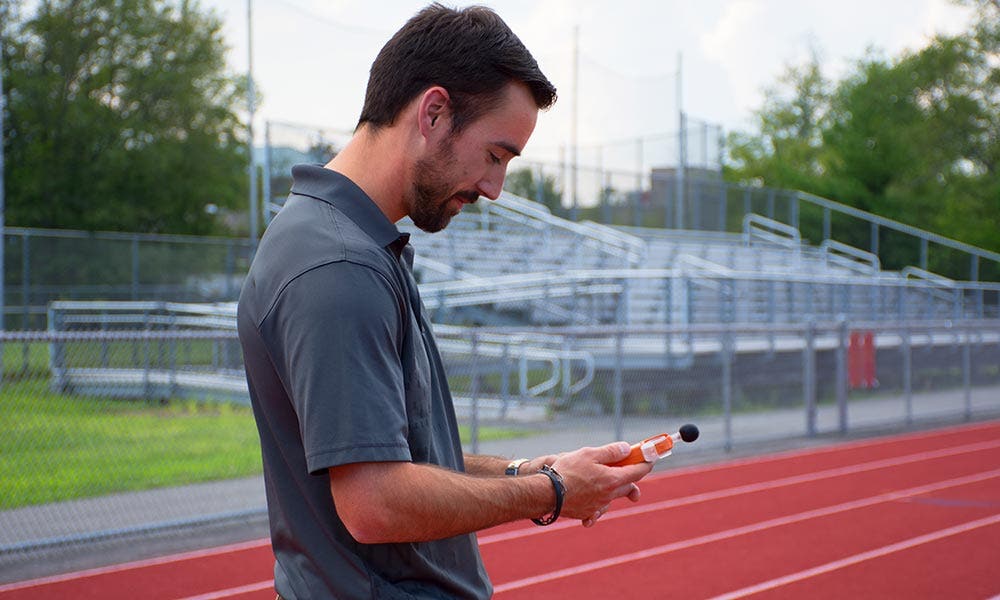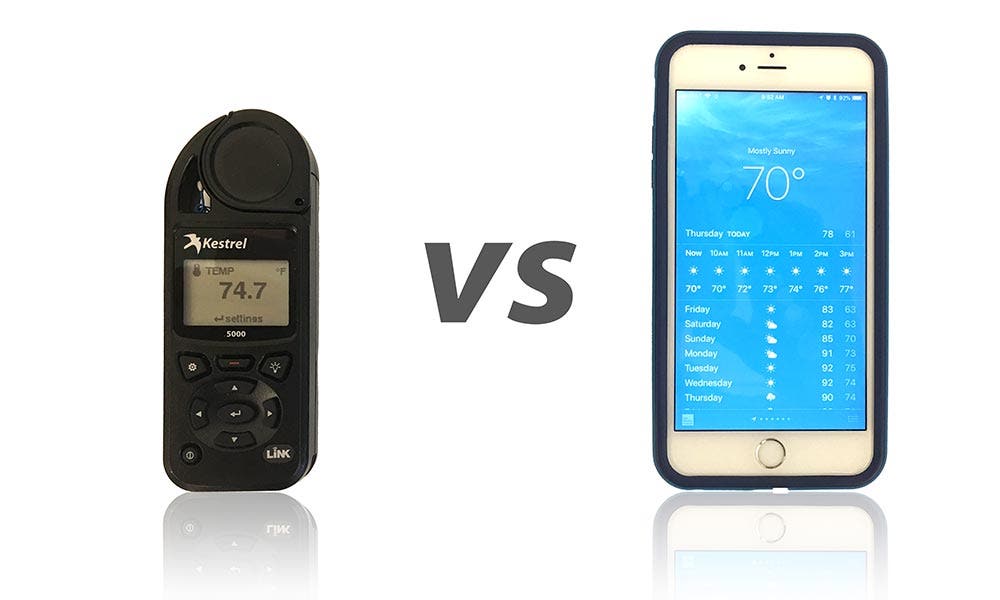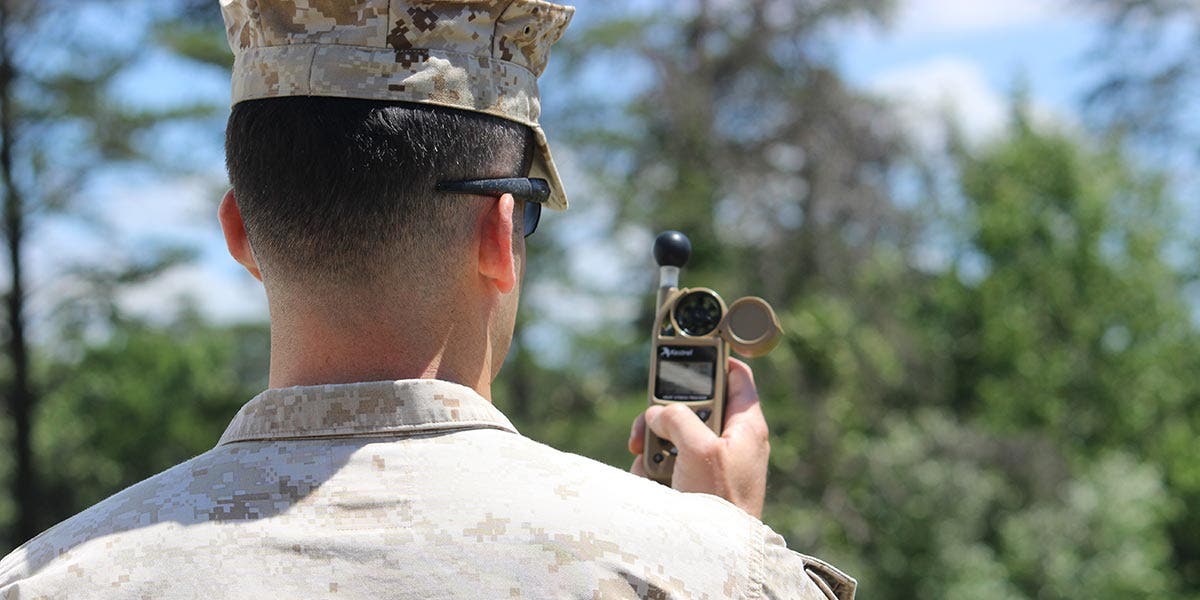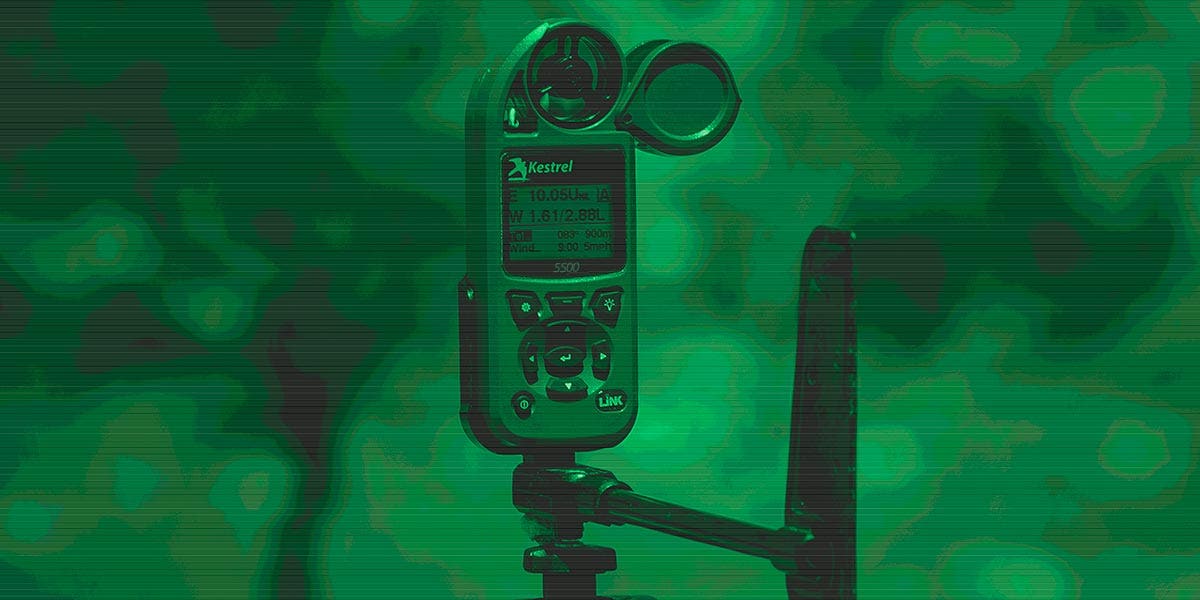America’s Favorite Sport: How Weather Impacts Football
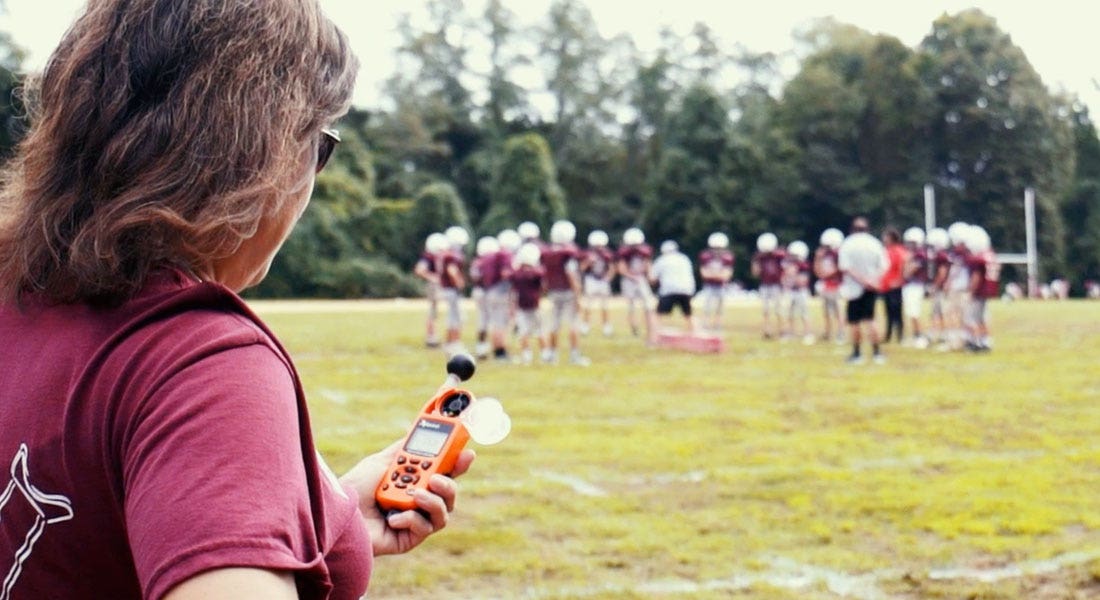
According to favoritism polls from Gallup, football is the most popular sport in America. That's not exactly surprising considering the large crowds regularly packing the stadiums, gathering at local bars and pubs, or huddling around the TV in the family room to cheer on the hometown team.
A number of NFL athletic trainers use the Kestrel 5400 Pro during warm weather training and games to help prevent heat stress injuries. For the spring and summer months, heat safety is a top of mind concern. But this deep into the NFL season with the unpredictable snowstorms and unforgiving temperatures – heat is far from everyone's mind – unless it’s wishful thinking for the halftime break indoors! From the teams facing off on the line of scrimmage, to the coaches and staff braving the blustery winds on the sidelines, or the fans tailgating for hours in a sub-zero parking lot celebration, cold weather games are as much a part of the expected football experience as the game-changing Hail Mary pass or a ref's occasional hometown call. Kestrel meters can't help with cold fronts on the field, but it's still fun to take a look at how weather can affect performance and playing conditions. Since sports fans love stats of all kinds, we've got some good football weather ones for you below.
What Type of Weather Impacts Football?
Virtually all types of weather make a difference in the game of football. Most notably, high heat, extreme cold, high winds, strong rain, and snow will make the biggest difference in terms of performance.
Heat problems are the most common in the southern states early in the season. One of the primary concerns is heat stress, which can be monitored with instruments such as Kestrel weather meters. Knowing the signs of heat stress benefits both amateur and professional athletes, as no one is immune to becoming overheated in a heavy football uniform.
Extreme cold can also make it difficult for players to sufficiently grip the football. In very cold conditions, air becomes denser which makes it more difficult to pass, kick, and throw the ball.
Snow and Rain
It's rare that rain or snow postpones a game, but it can happen. When rain and snow are in full force, vision becomes a concern. The heaviest rain and snow make it nearly impossible to see several feet in front of you.
Overall, rain makes the ball slicker to catch which can lead to more ball drops, fumbles, and slips. Thunderstorms are one of the surefire weather conditions that will delay games.
Often with snow comes the presence of ice, which makes it difficult to run at full speed. Icy conditions may also result in a lower-scoring game, since coaches often choose to run the ball to use up time on the clock.
What About Wind?
While a football is certainly heavier than a tennis ball or golf ball, this doesn't mean that wind won't affect its course of direction for kicking field goals or throwing touchdowns. A football's material weighs between 14 oz to 15 oz., and when inflated the ball weighs roughly 12.5 lbs to 13.5 lbs.
Strong winds can make it difficult for a quarterback to accurately throw the ball. Studies show that winds of over 18 mph alter the course of direction of the football, whether it's thrown or kicked.
In terms of college football, teams are slightly less successful when throwing in strong winds and interception rates are higher. On average, shorter passes are thrown and fewer field goals are attempted.
The Best Way to Prepare for Football in all Weather
Being prepared and wearing proper gear, including footwear and gloves, will give players the best advantage when playing in less-than-ideal weather.
Another smart way to prepare for inclement weather is using a Kestrel weather meter, which measures all of the important metrics of real-time weather readings - including wind speed, wind chill, and temperature. Browse our Kestrel weather meters to learn more!

